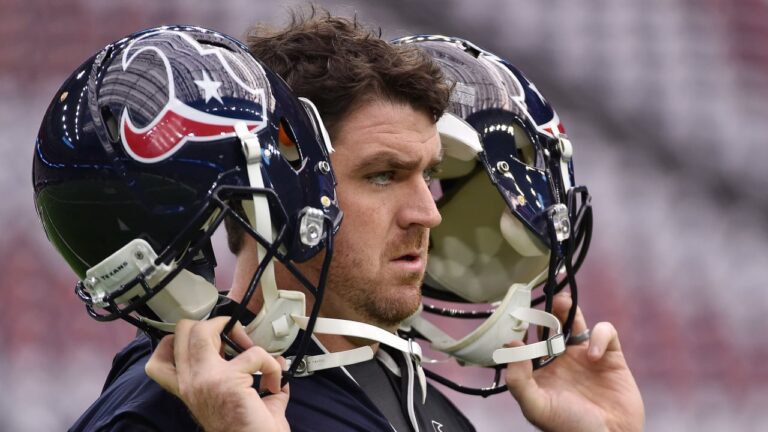INDIANAPOLIS — College football is ready to put away its billboards.
In the wake of the sign-stealing scandal that rocked the sports world and cast a shadow over the University of Michigan's 2023 championship, the NCAA Football Oversight Committee on Friday approved the use of coach-player helmet communications in games for the 2024 season. Acknowledged.
The Football Rules Committee last month recommended that top Division I teams be allowed, but not required, to use wireless technology similar to that used by NFL teams.
Only one player per team may communicate with the coach on the field. A green dot on the back of the helmet is used to identify that player.
Coach-to-player communications are turned off with 15 seconds left on the play clock or when the ball is snapped, whichever comes first.
The rules committee has been pushing for coach-player communication in recent years, but its implementation has been slow due to concerns that not all schools can afford to do it in a fair manner.
During last year's bowl season, teams were allowed to experiment with helmet communications if both sides agreed. However, no team has been forced to use it, nor will they ever be.
Teams may choose to signal during play.
Stealing signs during games is not illegal under NCAA rules unless electronic technology is used.
The NCAA investigated Michigan State for using an elaborate, impermissible in-person scouting scheme to support a sign-stealing operation. While the case is still ongoing, the Big Ten suspended then-head coach Jim Harbaugh for the final three games of the regular season.
The University of Michigan finished 15-0 and won the national championship.
The NCAA's Football Oversight Committee also approved the use of computer tablets to watch in-game video in coaching booths, sidelines and locker rooms.
All team staff will be allowed to view tablets during matches.
The oversight committee said the rules committee will continue to consider the use of wearable technology, which also allows coaches to send play calls to the field via small LED screens that can be worn around players' wrists.
Proposals for experimental use of wearable technology are expected to be submitted to the oversight committee by June 15.
The oversight committee also approved implementing NFL-style two-minute warnings at the end of the second and fourth quarters.

